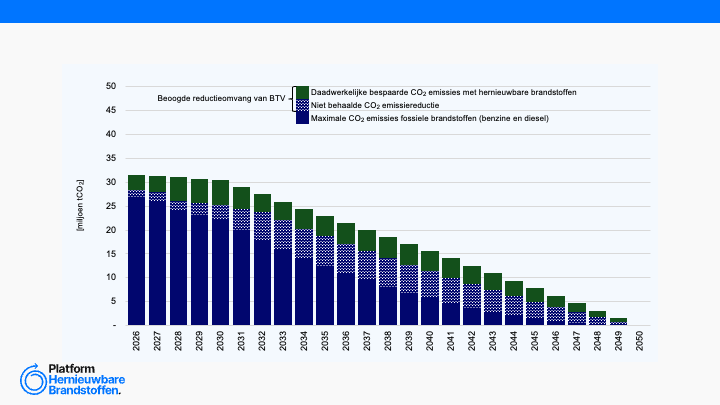EU publishes new ruleset for biomass co-processing

Early June 2023 the European Commission adopted the delegated act that describes the new ruleset how to determine the bio-component in the final product of a refinery, when bio-based oil is co-processed with fossil fuel in that refinery. The final delegated act is found here.
This regulation states that economic operators may use their own testing method for determining the bio-component of the final fuel, which may be process- or company-specific. This main method shall be based on either mass or energy balances, yield methods or radiocarbon (14C) testing. However, if radiocarbon (14C) method is not used as a main method, it should still be regularly used to verify the correctness of the main method and must be used on all outputs that claim a carbon-based bio-component.
For more information, please see our factsheet on ‘co-processing’.
Previously, the rules for co-processing were made by the sustainability scheme providers. ISCC EU, for example, allowed either the mass balance, energy balance, yield method or 14C testing approach, or any combination of these approaches (see their documentation here).
The European Commission's new requirement to calibrate each calculation method against results from Carbon-14 testing poses additional administrative and financial burden on biomass co-processing initiatives.
The Renewable Energy Directive II (RED) promotes the use of renewable energy in the transport sector by obliging Member States to reduce greenhouse gas emissions. The most common renewable fuels consumed in transport are biofuels and biogas. One way to produce biofuels that are indistinguishable from their fossil counterpart is co-processing. Co-processing is defined as producing biofuels and fossil fuels in a common process by mixing bio-based (bio-oils, such as vegetable oils, used cooking oil, pyrolysis oil, etc.) and fossil-based raw materials (see figure below). Co-processing is typically performed in a petroleum refinery setup but can also occur in other types of installations.
Recente artikelen
Retrospective on Lunch Seminar: Rethink strategic autonomy | December 15, 2025

Analyse brandstoftransitieverplichting


